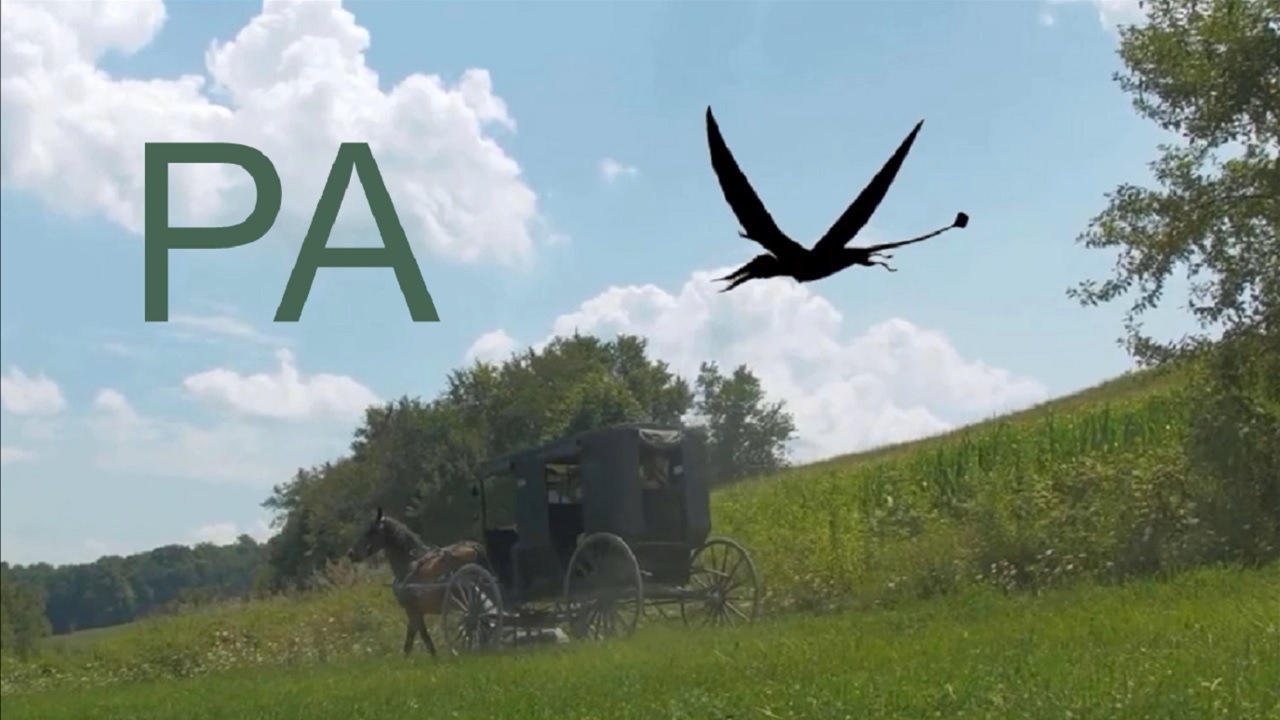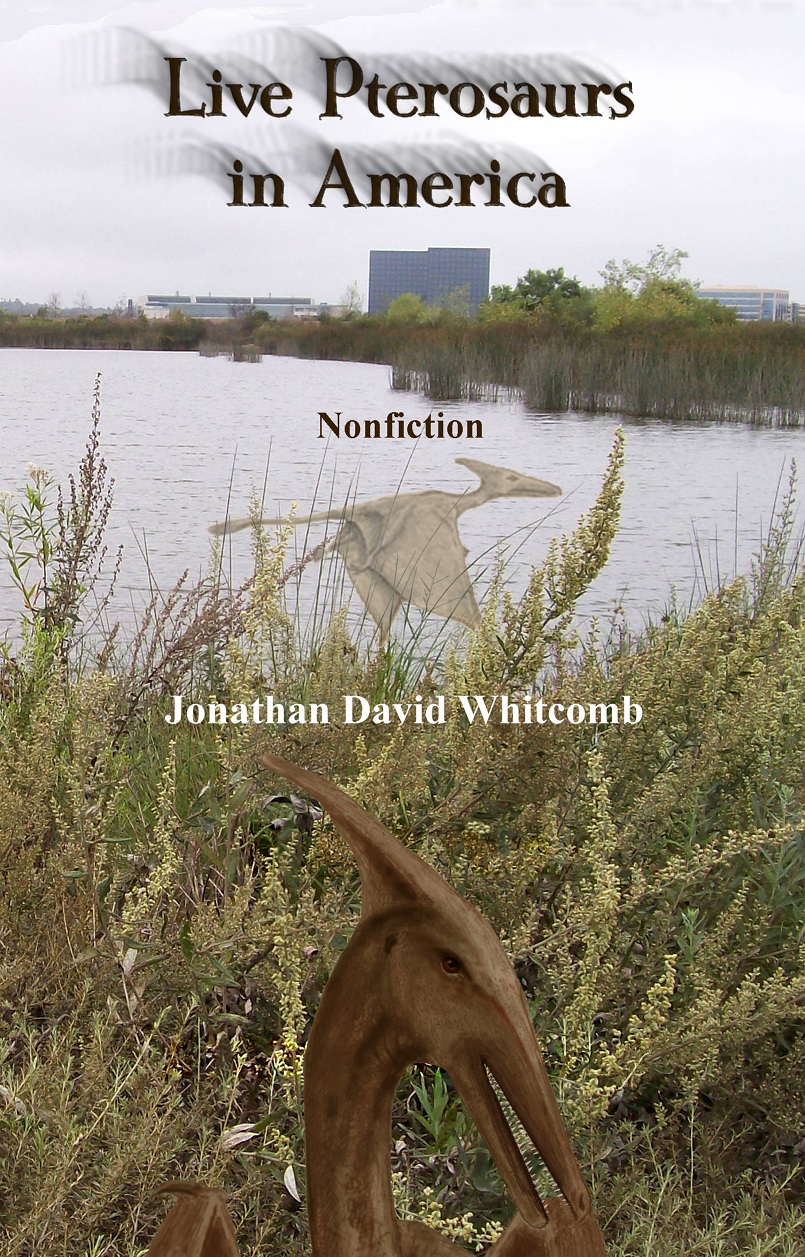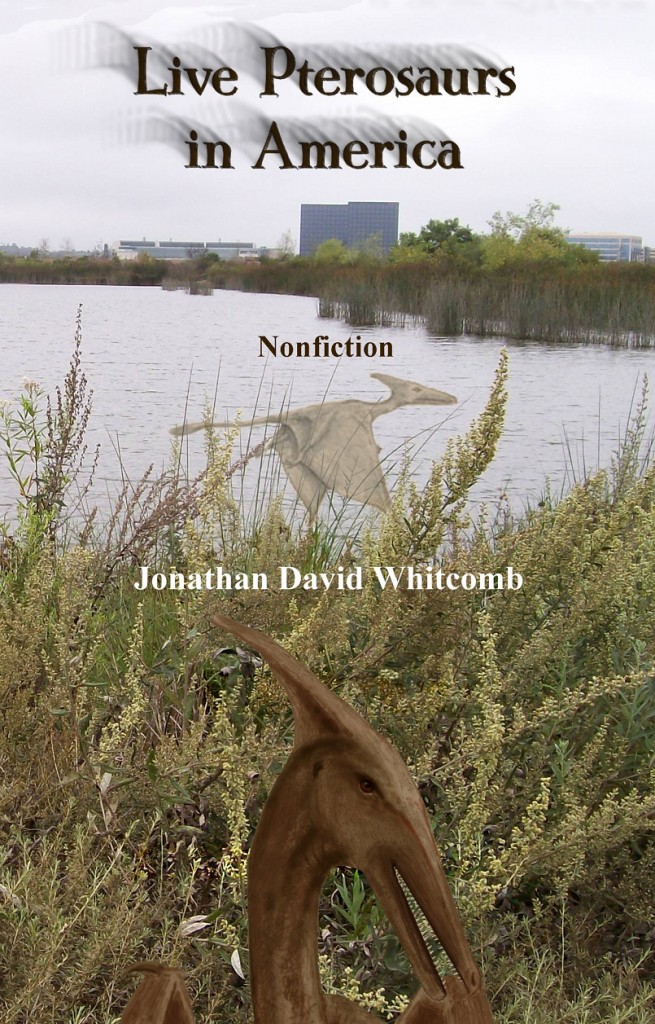by Jonathan Whitcomb
Each of these videos are on my YouTube channel Protect Animal Life:
.
Pterodactyl Sightings in Central California
Scott Norman, a cryptozoologist from Southern California, decided to meet with some of his associates in central California, where people had reported living pterosaurs. He was skeptical, thinking that they had videotaped only a bird at night. When he spent a night watching the sky, however, he saw something like a Pteranodon, with bat-like wings but a wingspan of about 8-10 feet and a head that he estimated was four feet long.
.
.
Pterodactyl Terror in Texas
These three encounters were in Brownsville, Austin, and San Antonio.
.
.
Pterodactyl Sightings – Ropen Overhead in Minnesota
“Pterodactyls” have been reported in many areas of North America, including Minnesota. Eyewitnesses see modern pterosaurs around the world, actually, but this is mostly about two ropen sightings in western Minnesota in the summer of 2018, by a young man (Jonathan Archer) who was interviewed on camera for this video.
.
.
https://youtu.be/BJuOVl0kcZU
Why Americans see Pterodactyls
Why do Americans report seeing non-extinct pterodactyls across the whole Continental United States? Why do people from around the world report the same flying creatures? It’s because pterosaurs are NOT all extinct: At least a very few species are still living.
.
.
https://youtu.be/c3GslUHL6hI
Pterodactyl Sightings in Georgia
This reveals two pterodactyl sightings in the same general area of Georgia, by two men who were camping together (brothers in law).
.
.
A Bird or a Ropen in North Carolina – Pterodactyl
Flying dinosaurs in the capital city of North Carolina? ALIVE!? Yes, and many persons in Raleigh have seen these large flying creatures, including the eyewitness Cynthia Lee, a veterinary technician. Now we have video evidence from the cell phone of this young lady.
.
###
.
Pterodactyl Sightings in Videos
Strange flying creatures in North America, including Canada
.
Live Pterodactyls in YouTube Videos
My principal YouTube channel for videos about modern living pterosaurs is Protect Animal Life. As of early May, 2022, this channel had about 230 videos about modern living pterosaurs, a.k.a. “pterodactyls”. Here are a few of them . . .
.
To the best of my knowledge, no other YouTube channel has nearly as many videos on modern pterosaurs as Protect Animal Life (PAL). . . .
.
New Pterodactyl Sighting Report From Colorado
. . . The huge flying creature flew by them, close to the ground, fortunately seeming to ignore the horse and rider; perhaps it was hunting different prey . . .
.
So for the first time I’ll tell my weird story. In the summer of 2012 my husband was working . . . for *Buffalo River National Park, Arkansas . . .I was living in Georgia with our infant son but was really missing my husband so we arranged a visit getting a two week rental of a mountain cabin near the park in late August. . . . One morning . . . I looked up. Silently flying was a pterodactyl right over us, lowering in circles without flapping; it was featherless, long beaked, crested, and [had] a tail with something on the end of it. . . . From the window, I watched it fly as it turned to a tiny speck disappearing over the mountains. I had no phone signal, and the nearest houses were five miles down the road. I just sat shaking holding my baby for a long time. . . . I know what I saw, and it scared me into silence for five and a half years.
.
Pterosaur Sightings in Pennsylvania
Near Pottstown, Pennsylvania, about 40 miles northwest of Philadelphia, three children observed an apparent pterosaur flying overhead. . . . The sighting was on Thursday, May 5, 2016, in the middle of the afternoon, and the oldest child of the three is eight. Here is part of that email.
My children are as interested in dinosaurs as any children their age. . . . They have seen herons in the past, and know what they look like in flight. We have sometimes commented on the similar appearance. . . . There is no doubt in my mind that they truly believe that they saw a pterosaur.
.
I’m in Floyd county Georgia & in 2014 I saw one as a matter of fact there was a couple outside arguing at the time & when I said ohhh sh** that’s when they both looked up in the direction I was looking then they immediately stopped arguing as we watched it fly into the distance, and at first I thought it was a plane but realized that it made no noise but then it moved its head around & gave one giant flap then sped up . . .
.
Contact form for getting in touch with Whitcomb
.





